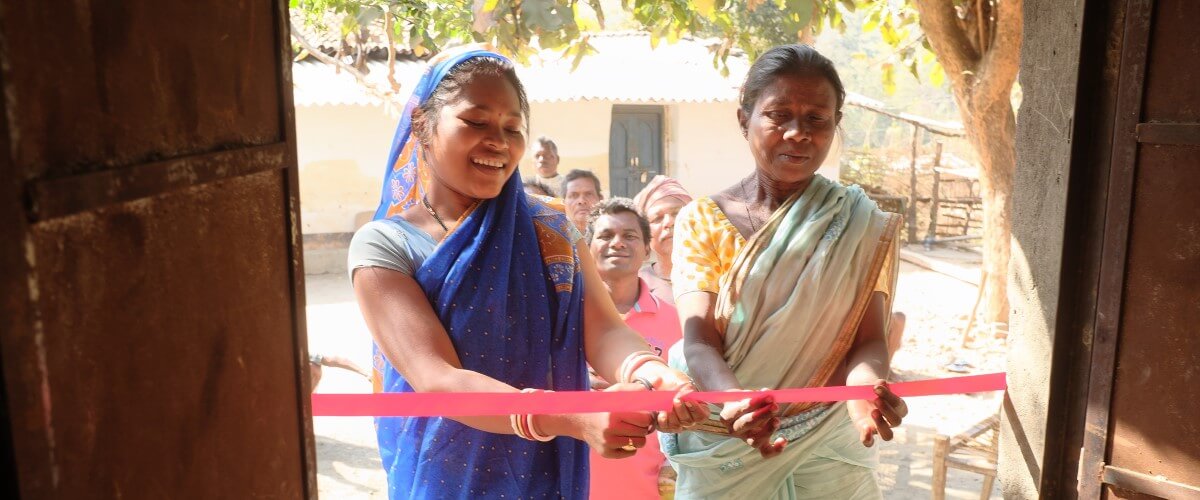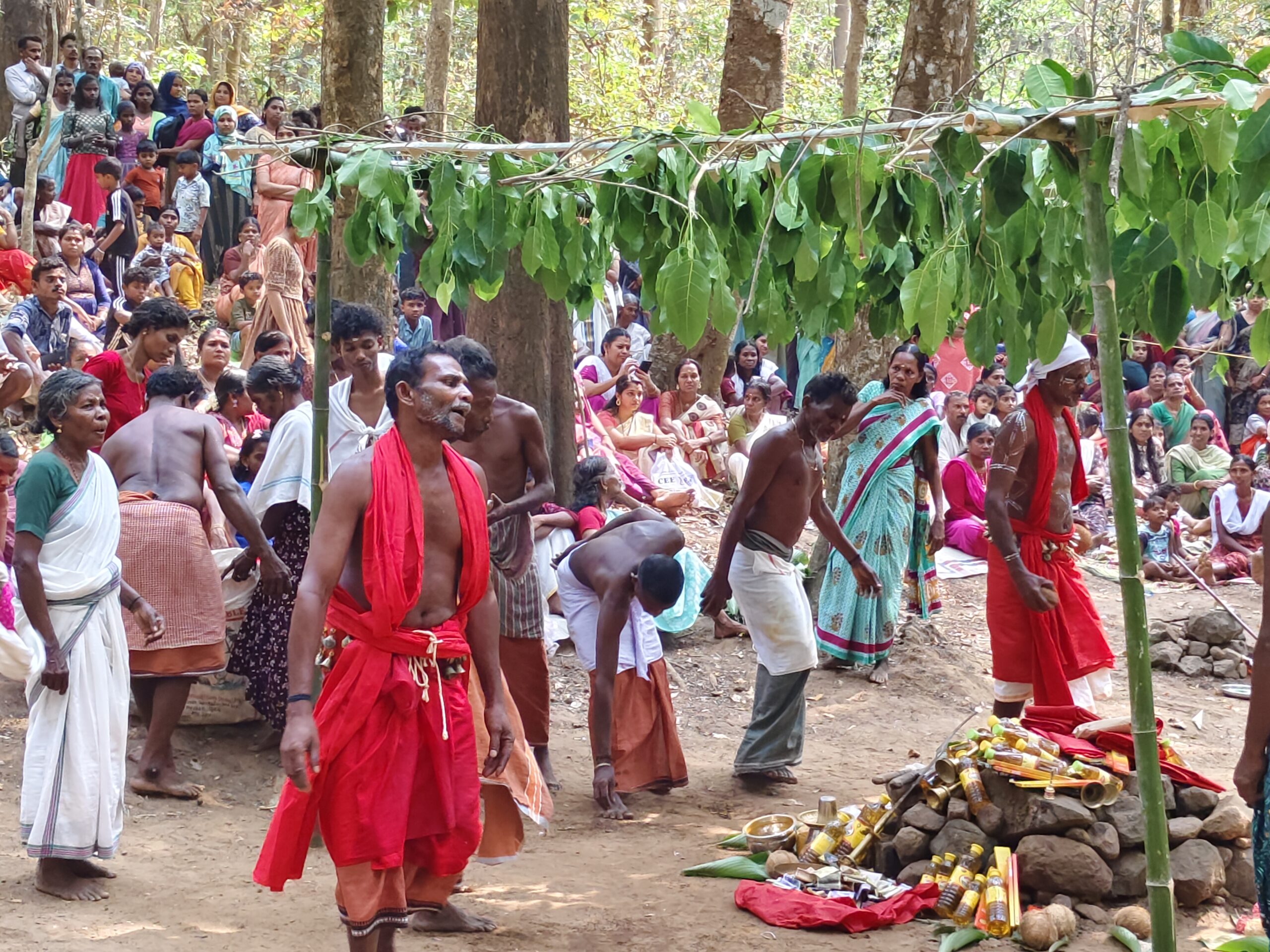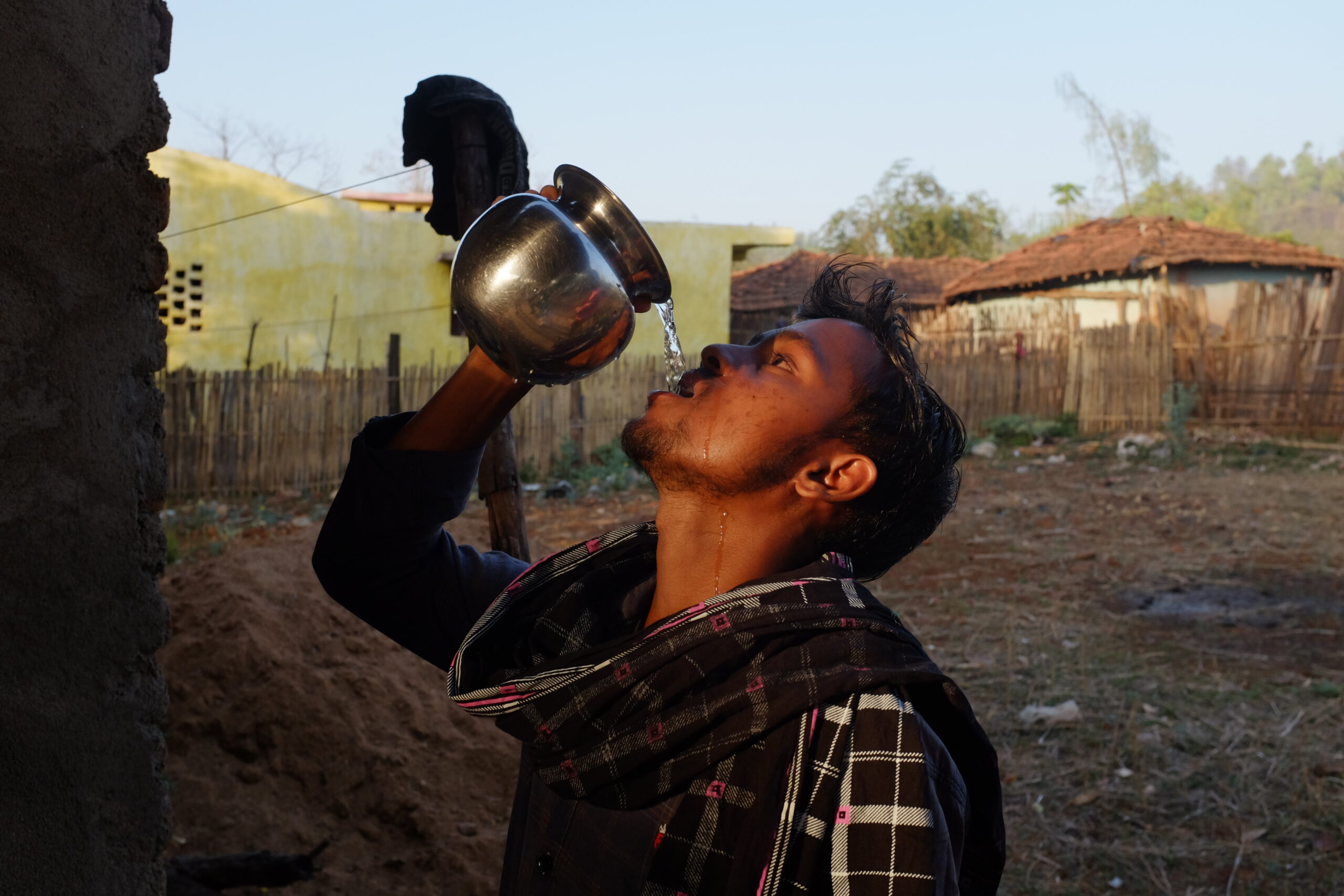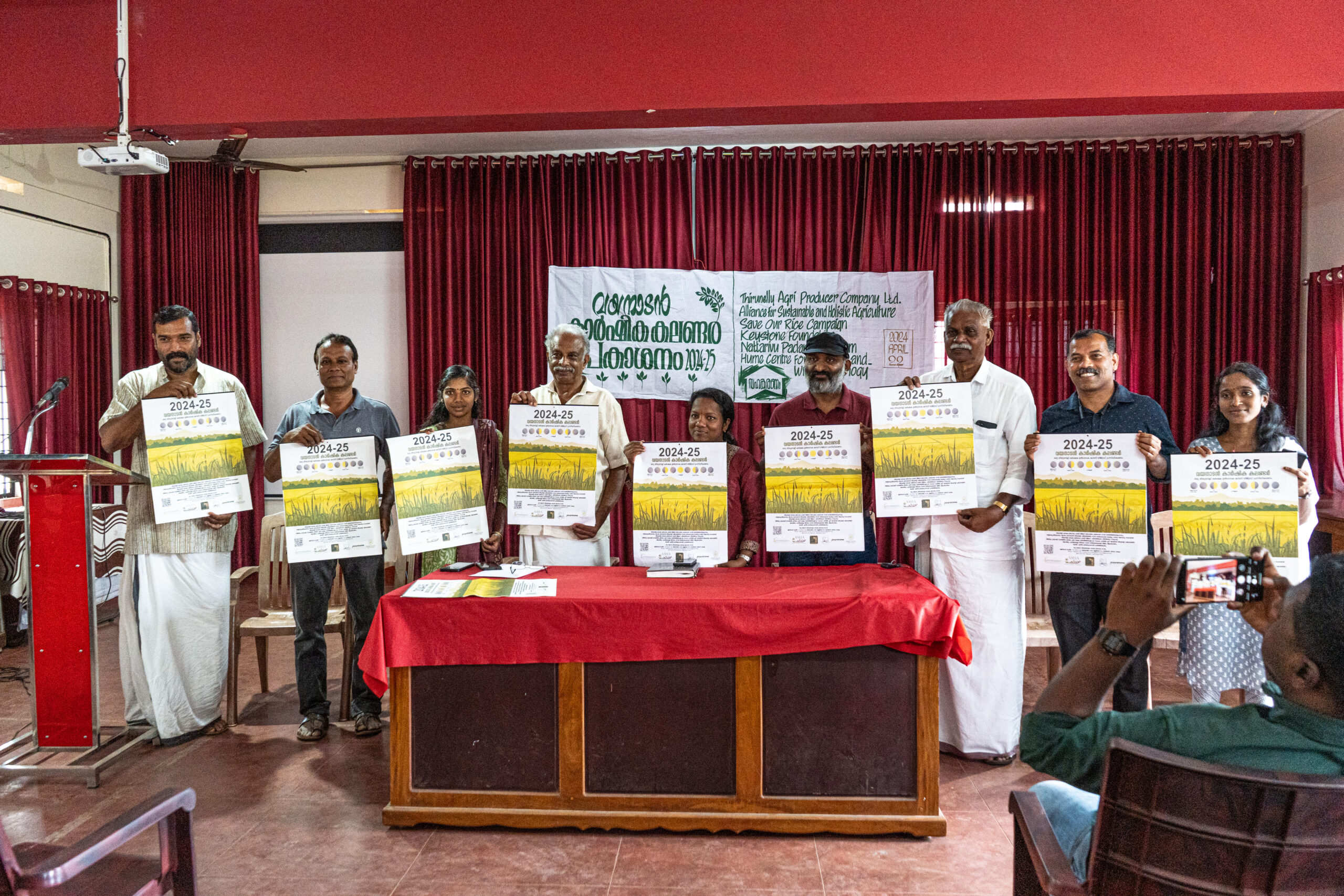February 25, 2023
By Rohan Mukerjee
Programme Coordinator, Networks & Alliances
With increasing awareness of the connection between climate change impacts and traditional crops, countless farmers have been coming forward to cultivate a variety of local crops whose seeds were distributed through Keystone’s Eastern India project in 2022-23. Ditching hybrid crops that are resource-intensive and vulnerable to droughts, farmers are switching to only using organic inputs. In order to promote the revival and conservation of traditional seed varieties and make them easily accessible, the Janglikhans community has decided to establish a Community Seed Bank in School tola (hamlet) with initial support for necessary infrastructure and purchase of seeds being provided through the Eastern India project.
The village of Janglikhans comprises five hamlets or tolas and is home to 62 households belonging to the Munda and Bhumij communities. Janglikhans is located in the Bandi Pahar and Sera Pahar forest area in Saraikela-Kharswan district, Jharkhand. This area harbours rich traditional crop diversity, with farmers in the area cultivating around 67 paddy varieties, according to studies carried out in Hudu and Mathkomdih Panchayats. They also cultivate a variety of Kodo millet, madua (finger millet), til (sesame), moong (green gram), gangai (sorghum), makkai (maize), kudrum (roselle), kurthi (horsegram), biri (black gram), sutri (rice bean), romha (a variety of cowpea), sarso (mustard), and surguja (niger), yellow makka, kudrum, begun (brinjal), tamatar (tomato), several types of mirchi (chilli), karela (bittergourd), ghee karla (wild spine gourd), nanua (sponge gourd), kundru (ivy gourd), two types of khera (cucumber), five types of shim (flat green beans), three types of kohonda (pumpkin), three types of jhinga (ridge gourd), three types of lau (bottle gourd), a variety of greens like pui saag (Indian spinach), lal saag (red spinach), harra saag, and dhanta saag. They also cultivated a variety of root and tuber crops which included two types of mula (radish), sakarkanda (sweet potato), susni aloo, kham aloo (greater yam), three types of haldi (turmeric), ol (elephant foot yam), three types of kochu (taro), man kochu (Giant Taro), and two types of aalti.
While the farmers in Bandi Pahar and Sera Pahar still cultivate a diverse variety of crops, the region as a whole is experiencing a steady decline in crop diversity. Jaghbandu Sanda, a consultant working with farmers for the last two decades says that the region is witnessing a startling decline in the last decade, with local varieties of crops being replaced by modern hybrid and high-yielding varieties. Community Resource Person Budheswar Mahato said that when villagers migrate in search of work, they are tempted to bring these varieties back and cultivate them in their lands, unaware of the long-term impact of the chemical inputs they require. The villagers are mostly influenced by the large-scale cultivation of hybrid vegetables, paddy, pulses, and other crops in Tamar Block of Ranchi district.
This shift, in turn has resulted in a decline in the fertility and quality of soil, with farmers eventually forced to spend more and more money on chemical fertilisers. Moreover, hybrid crops are more susceptible to pests and are not climate resilient. A delayed monsoon affects hybrid crops adversely, and their productivity declines. If hybrid crops are infested by pests or disease, it is difficult to mitigate this. Comparatively, local crops are hardy and able to withstand erratic monsoons and pests. Budheswar pointed out that 2022 was a year of very low rainfall with Saraikela and many other parts of Jharkhand witnessing drought-like conditions. Farmers who had cultivated hybrid crops were hit the hardest. Those who cultivated local crops did face losses, but significantly lower.
Gurucharan Sardar, the Gram Pradhan of Janglikhans donated one of his rooms for the seed bank, and young villagers like Durga Munda, Mahavir Sardar, Ramchandra Sardar, Basanti Sardar and Jubna Sardar volunteered their time and labour to set up the seed bank. While new roads are in the process of being constructed Janglikhans and neighbouring villages still suffer from poor road connectivity and most areas are only accessible by foot. As a result Budheswar accompanied by Mahavir Sardar, Durga Munda and Ramchandra Sardar had to walk around 12 kilometres to the Dhanubandh village whare potters from the Kumhar community make and sell a variety of earthen pots. They purchased 20 earthen pots of different sizes and carried them back to Janglikhans on their heads crossing streams and traversing rocky trails and paths. But this did little to dampen their enthusiasm and they enthusiastically sourced a variety of local variety of seeds to get the seed bank ready for inauguration. They got two wooden racks made to hold the earthen seed containers.
On the February 15, the villagers inaugurated their community seed bank. The event involved an inspection of the seeds already procured, including two traditional paddy varieties, sorghum, finger millet, cowpea, rice bean, niger, sesame, maize and some greens. A community discussion followed, on future steps to be taken, and hopes for bringing back control over local seeds to the farmers, in a time when market prices for seeds are soaring. The villagers decided to compile a comprehensive list of seeds to be collected for the seed bank. They would then go about procuring these seeds, some of which are still available locally and others would need to be procured from other areas and Keystone would help them procure the seeds they required from network partners in other parts of India. The Using Diversity Millet Calendar in Hindi and English was also distributed among the men and women present and it attracted much interest. The women were able to identify a number of the millets covered in the Calendar and shared their names in the Munda language. Sonamani Sardar shared that while many millets have disappeared in this area several varieties are still cultivated in her Maternal home in Kera village, near Chakradharpur in West Singhbhum District, Jharkhand.
The villagers also decided that they would appoint a Community Seed Management committee with a President, Secretary and Treasurer which would be responsible for the management of the seed bank, distribution of seeds to farmers as well as ensuring return of seeds to the seed bank by farmers after harvesting their crops. Rules and regulations would be put in place to ensure the expansion of seeds available in the seed bank, reaching out to an increasing number of farmers every year and ensuring long term viability of the seed bank with the community themselves taking ownership responsibility.
Other community initiatives that could be undertaken were also discussed and these include setting up a nursery of medicinal plants to ensure their protection and conservation. This idea was mooted by Tulsi Ram Singh Munda who shared that he himself had knowledge of around 400 different types of medicinal plants and would extend his support to establishing and managing the medicinal plant nursery.

















